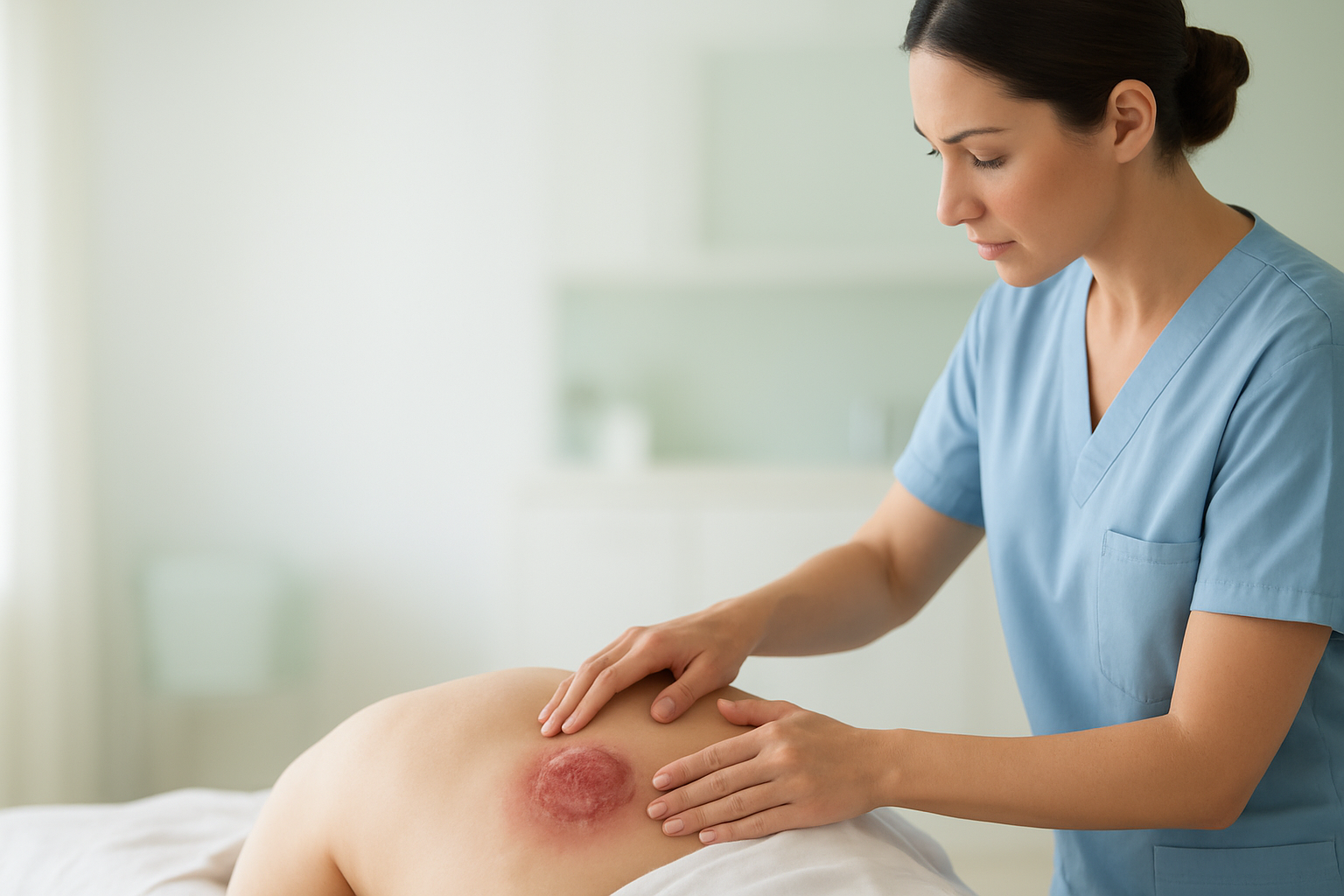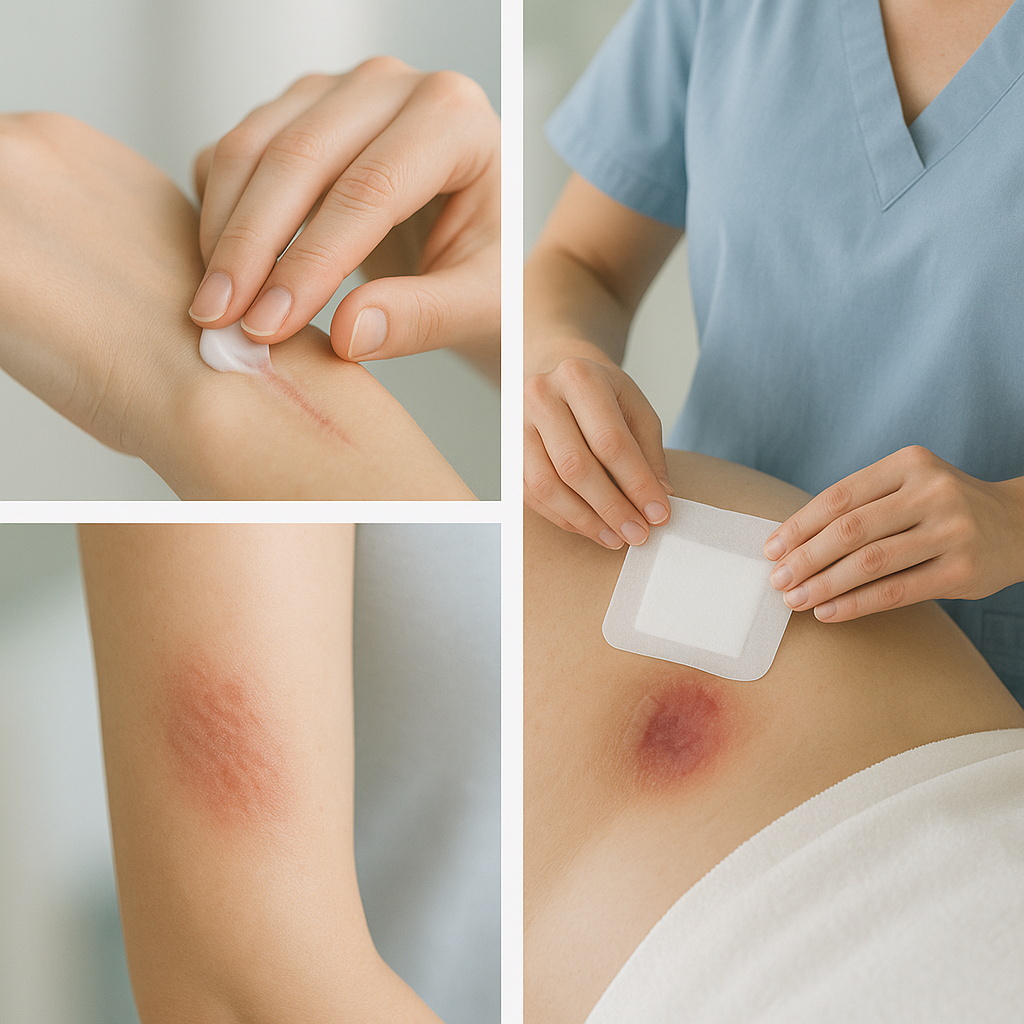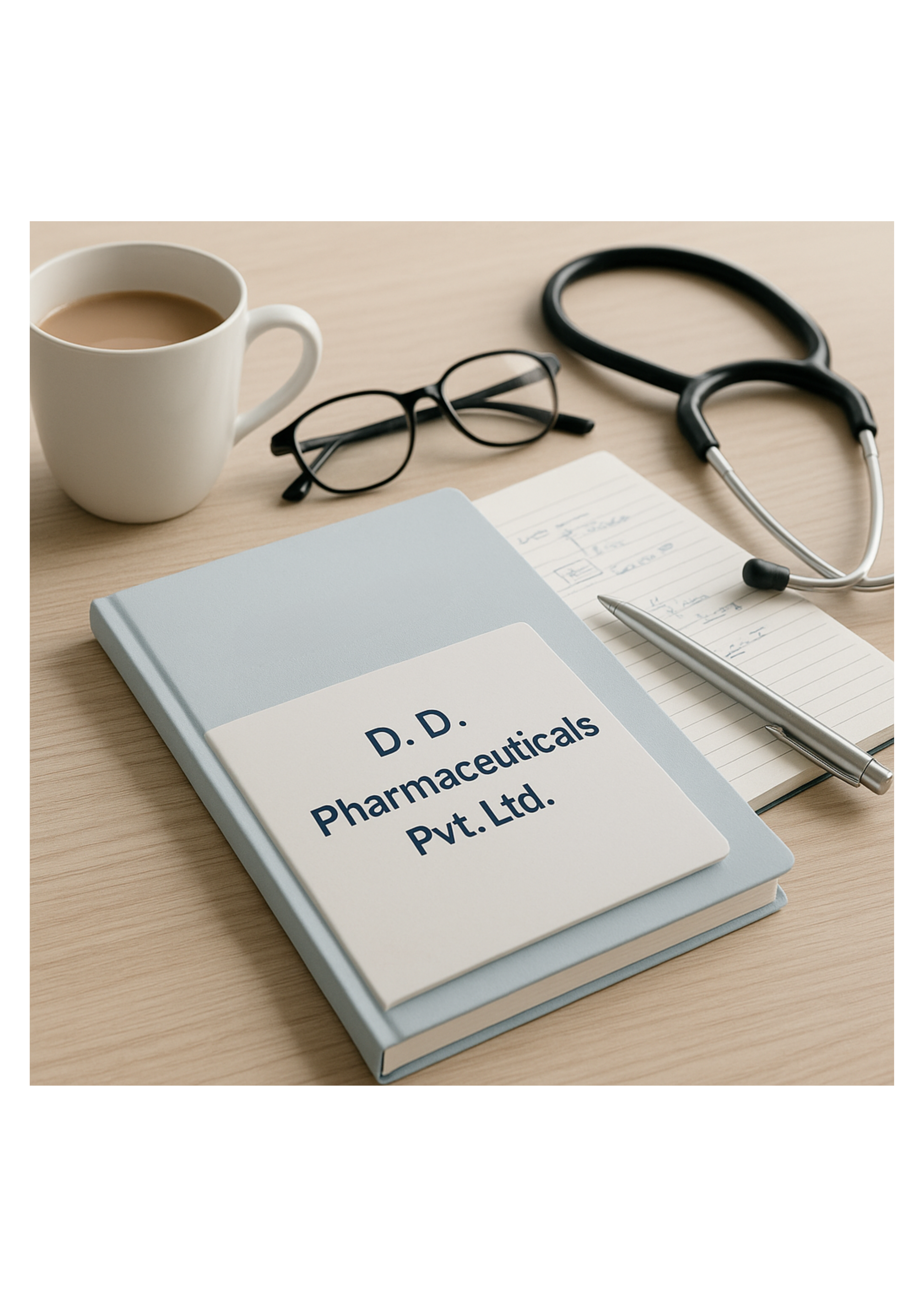Acute Wounds
Expert care for surgical incisions and traumatic wounds. Our specialized team provides advanced treatment solutions for optimal healing and recovery.

18+ Months
Maturation period
Preventable
With proper care
What Are Acute Wounds?
Acute wounds are injuries that occur suddenly and progress through the normal stages of healing in a predictable timeframe. These include surgical incisions, lacerations, abrasions, burns, and puncture wounds. With proper care, acute wounds typically heal within 2-6 weeks.
Common Causes
- Surgical incisions and post-operative wounds
- Lacerations from cuts or sharp objects
- Abrasions and scrapes from friction
- Thermal burns and chemical injuries
Risk Factors
- Age and overall health status
- Blood circulation and oxygenation
- Nutrition and immune function
- Wound location and size
Stages of Acute Wound Healing & Care Solutions

Stage 1
Skin remains intact but appears red, warm, and painful. Early intervention is crucial to prevent worsening.
Recommended Products:

Stage 2
Partial skin loss with exposed dermis. Appears as a shallow, open ulcer with a red or pink wound bed.
Recommended Products:

Stage 3
Full-thickness skin loss. Subcutaneous fat may be visible. Requires advanced wound care to promote healing.
Recommended Products:

Stage 4
Full-thickness skin and tissue loss with exposed bone, tendon, or muscle. Often includes tunneling and high infection risk.
Recommended Products:
Normal vs. Concerning SignsRecognizing the Symptoms
Normal Healing SignsEarly Symptoms
- Initial redness and mild swelling
- Clear or light yellow drainage
- Gradual decrease in pain over time
- Formation of healthy granulation tissue
- Progressive wound closure
Warning SignsAdvanced Symptoms
- Increasing redness, warmth, or swelling
- Foul-smelling or purulent drainage
- Fever or systemic illness
- Wound dehiscence or opening
- Red streaking from the wound
Optimal Care Strategies
Immediate Care
Control bleeding, clean the wound thoroughly, and apply appropriate dressings. Seek professional medical attention for deep or extensive wounds.
Infection Prevention
Maintain sterile technique during dressing changes, use antimicrobial products when indicated, and monitor for signs of infection.
Promote Healing
Maintain moist wound environment, ensure adequate nutrition, manage pain effectively, and follow prescribed treatment protocols.


